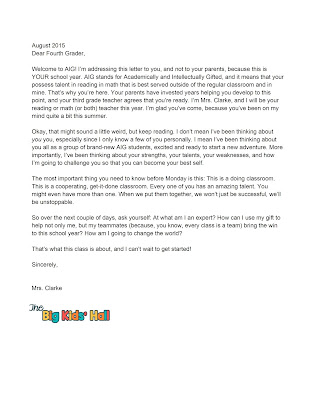There is, of course, more to it than that. When we each find our vocation, which of course, is a very individual thing, life falls into place. Things feel balanced because we are able to live our beliefs. So, as I roll into 23, it's not a bad idea to take a few minutes, before the beginning-of-the-year-gotta-get-it-done autopilot kicks in to reflect on what exactly that is.
I'm a philosophy wonk. I read a lot of different teachers' ideas and theories, and not because I have to. When I had a young child, (Don't worry; I've still got him. He's just 6 feet tall these days.) I visited a new Montessori school that was opening in Roanoke, VA, to which we'd just moved, as part of the Great Preschool Hunt. One of my questions was, 'Seriously? Paying tuition for him to spoon beans?" and the teacher handed me a copy of The Absorbent Mind. Once I read it, I was sold. The best money I've ever spent was sending A.J. to a Montessori school. It built him into a self-confident, questioning thinker and a self-sufficient person, traits which have followed him to traditional high school. Dr. Montessori's beliefs about teaching absolutely apply to the modern teaching situation.
(Almost) Everything I Needed to Know I Learned from Maria Montessori
My own Montessori training (I told you I was sold!) has changed the lens through which I see the value of different kinds of student work and interactions, even though I teach gifted fourth and fifth graders in a traditional elementary. If you've got time to get in one more read before the year begins, I highly recommend Montessori: A Modern Approach to tie today's classrooms and Montessori philosophy together. If you've got time and/or young kids, The Absorbent Mind and The Secret of Childhood are worth your time. These two are by Dr. Montessori.
I'm not back in my classroom yet, but if I could, I'd show you pictures of my gazillion math manipulatives, my flexible seating, and my room arrangement that has lots of meeting space. Mine is a doing, collaborative classroom.
Thanks for dropping by. Taking some time to think about why I do what I do has been good for me! Makes my heart happy as I set out toward doing it again...
Next, you're off to visit with Lila at the Polka Dotted Pencil! Just give her oh-so-cute button a click!































